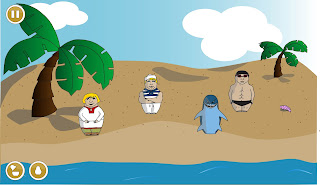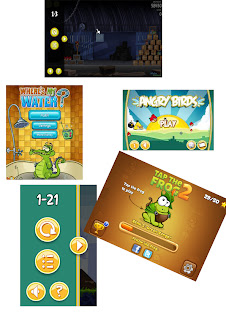· Venture capitalist is a speculator who makes money available for innovative projects.
· Franchise holder, also known as franchisee, is a person who purchases the rights to use the company’s trademarked name or business model.
· Publishers are significant stakeholders who lead from idea to available product on the market.
· A video game producer is the person in charge of overseeing development of a video game.
· Design team members are responsible for the designing the content and rules of a game in the pre-production stage and design of gameplay, environment, narrative, and characters during production stage.
· Communities which helps with a small donated amount of money
The stakeholders of my game concept are my tutors, iPhone and Android game developers who can lead my idea to available product on the market. I am the designer of my game who is responsible for the designing the content and rules of a game in the pre-production stage and design of gameplay, environment, narrative, and characters during production stage. I could take money from a venture capitalist and to invest them into my idea or a community can help with a small donated amount of money.


































